Scientists warn our defense systems are dangerously outdated.
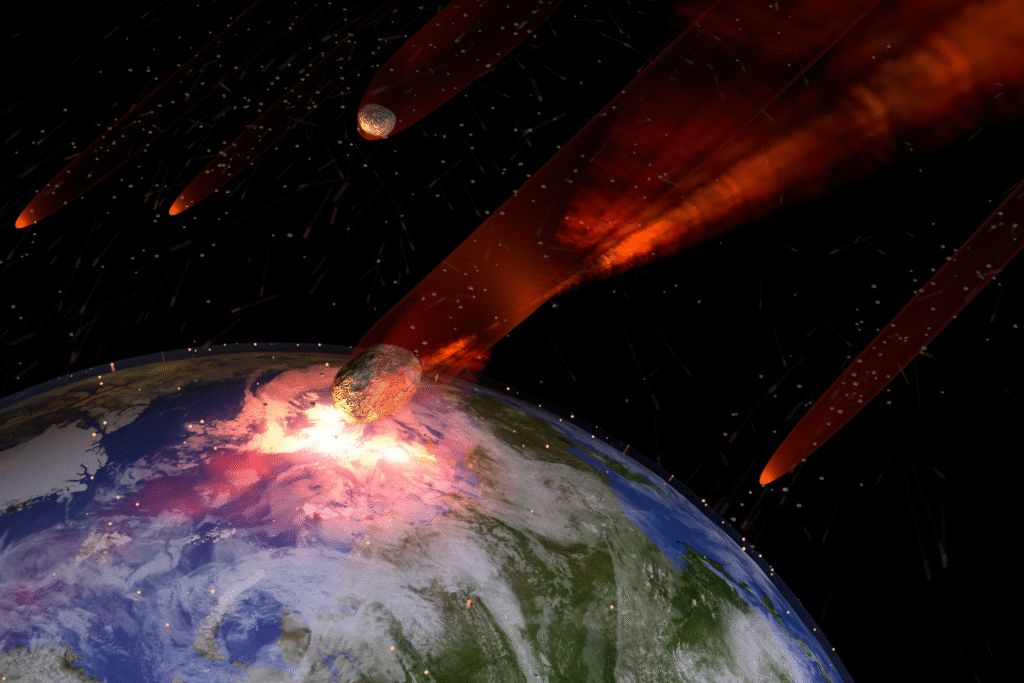
For decades, asteroid monitoring has been our planetary insurance policy, an invisible network of telescopes, satellites, and sensors meant to spot incoming threats long before impact. But the pace of discovery is slowing compared to the rapid expansion of near-Earth objects streaking through space. What was once a manageable watchlist has turned into an astronomical backlog, leaving critical infrastructure, power grids, satellites, communication lines, at the mercy of what we can’t see coming.
Even NASA admits the problem is widening. The challenge isn’t just about more rocks flying closer to Earth, it’s about fewer eyes capable of keeping up. From aging telescopes to budget stalls, the gaps are growing in every direction. The danger no longer feels hypothetical, it’s logistical.
1. Our asteroid watchlist grows faster than our detection tools.
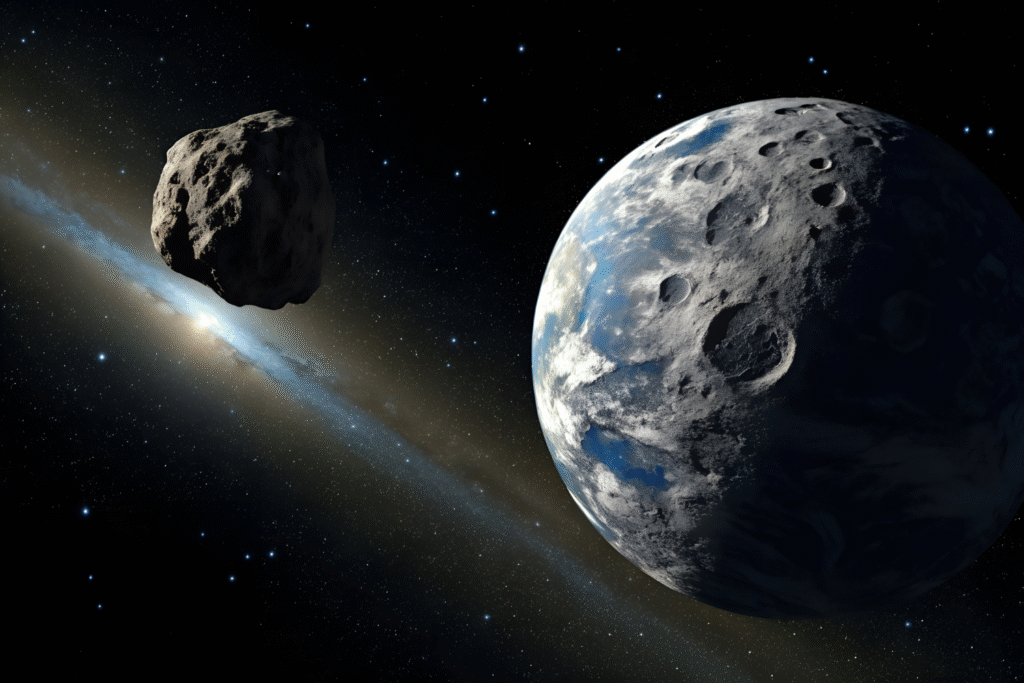
NASA’s Planetary Defense Coordination Office confirmed that more than 32,000 near-Earth asteroids have been identified so far, with roughly 500 new ones discovered every month, as stated by NASA’s Center for Near Earth Object Studies. The problem? The number of new detection instruments hasn’t kept pace. Many existing telescopes are decades old, built when space threats seemed like distant sci-fi worries, not an immediate infrastructure concern.
That’s left blind spots in coverage, literal ones. When older observatories can’t track faint, fast-moving objects, they slip through undetected until they’re uncomfortably close. It’s not just theoretical, in 2019, a city-sized asteroid passed within 45,000 miles of Earth without warning. The catch was simple but terrifying, no one saw it coming until it was already gone.
2. Telescope upgrades lag behind what space is throwing at us.
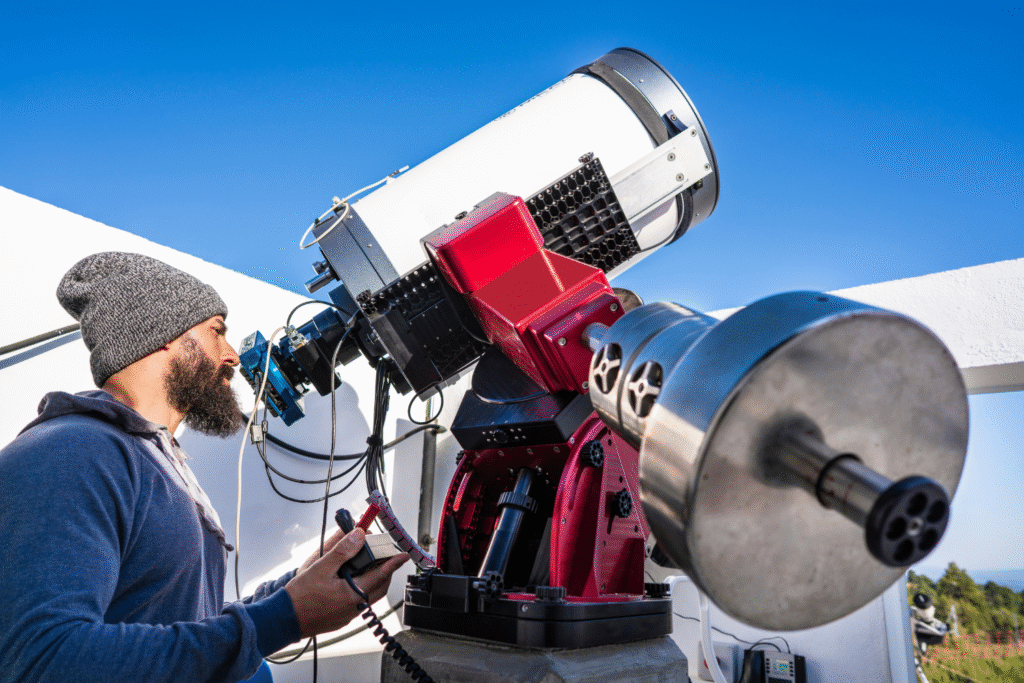
Across the globe, observatories struggle with outdated optics and inconsistent funding, a problem reported by the European Space Agency. Modern systems like radar arrays and infrared telescopes are needed to detect dark asteroids invisible to optical light, but those upgrades take years to develop and deploy. Meanwhile, new threats are being catalogued faster than the equipment can adapt, creating a dangerous time gap.
Scientists are trying to close it with artificial intelligence and automated scans, but that introduces its own margin for error. When machines filter the sky, even a one percent failure rate means hundreds of potential impactors could slip through. The pace of discovery, ironically, may be outrunning our ability to keep up with our own data.
3. The loss of the Arecibo Observatory left a massive gap.
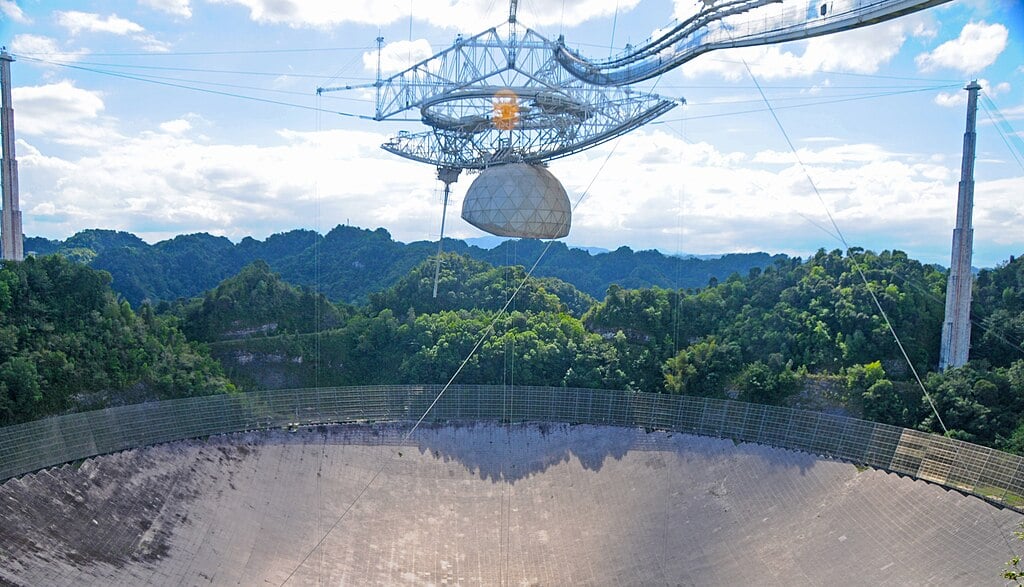
When Puerto Rico’s iconic Arecibo Observatory collapsed in 2020, it wasn’t just the end of a telescope, it was the end of an era. The facility was one of the only ones capable of detailed radar mapping of near-Earth objects. Its absence has left a noticeable hole in our global defense web, as discovered by the Planetary Society. Replacements are in the works, but none have yet matched its precision or reach.
Arecibo’s radar could determine asteroid size, rotation, and composition within hours. Now, those tasks are divided among smaller observatories that simply can’t handle the volume. It’s like replacing a lighthouse with a handful of flashlights, the coverage exists, but the power doesn’t compare.
4. Dark asteroids could be our next invisible threat.
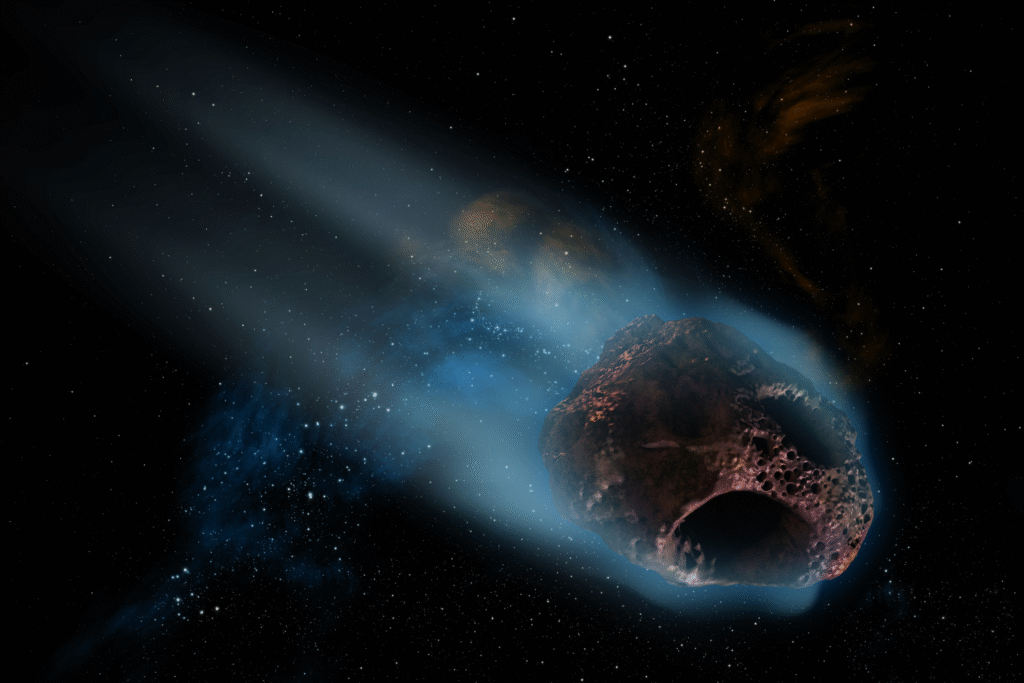
Not all asteroids reflect sunlight, which means they don’t show up easily on traditional optical telescopes. These carbon-rich objects, sometimes called “stealth asteroids,” can blend into the blackness of space until the last possible moment. In 2022, one such asteroid zipped past Earth’s orbit only two days after detection. The unnerving truth is that many of these near misses remain unknown until luck, or a lucky telescope, spots them.
Infrared detection is one solution, but it’s expensive and temperature-sensitive. Instruments like NASA’s upcoming NEO Surveyor aim to change that by scanning for heat signatures instead of light. Until that happens, our planet’s warning system depends on the right conditions at the right time.
5. Urban infrastructure could collapse from a near miss alone.
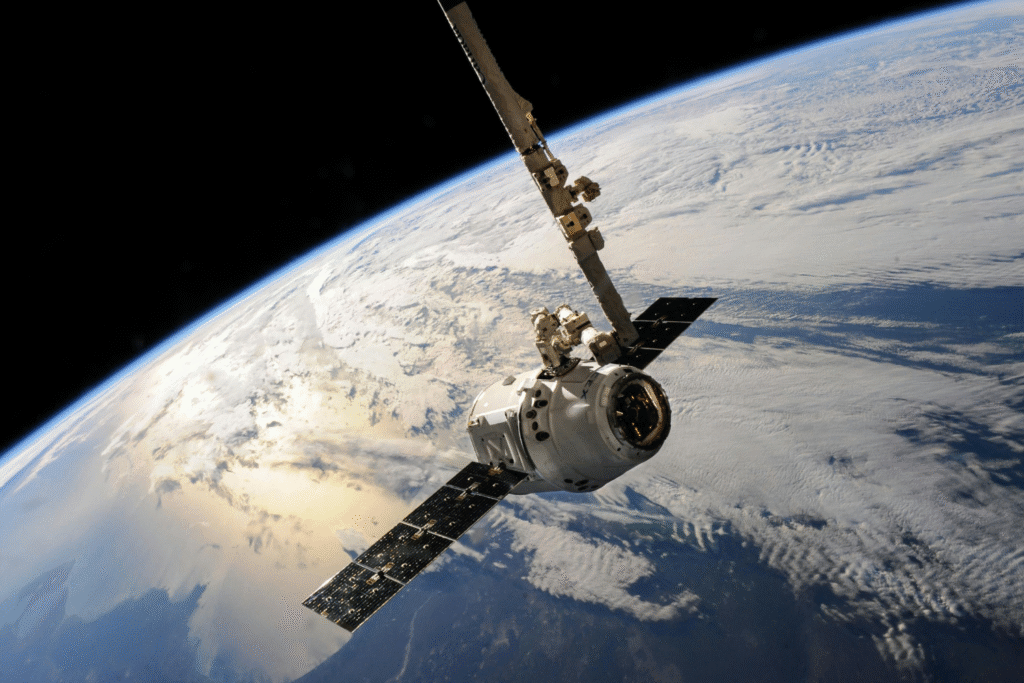
An asteroid doesn’t need to hit Earth to cause chaos. A close pass can still trigger electromagnetic interference, radiation spikes, or small debris showers that can disable satellites. The resulting chain reaction could knock out GPS systems, communication networks, and even sections of the electrical grid. Imagine a city going dark not from impact, but from the space debris left behind by a near-Earth grazer.
As our world becomes more connected, that risk multiplies. A single disrupted satellite cluster could stall aviation, banking, and weather forecasting all at once. In a world where everything depends on timing, even a glancing blow could cause a global pause.
6. Space junk makes asteroid tracking harder to interpret.
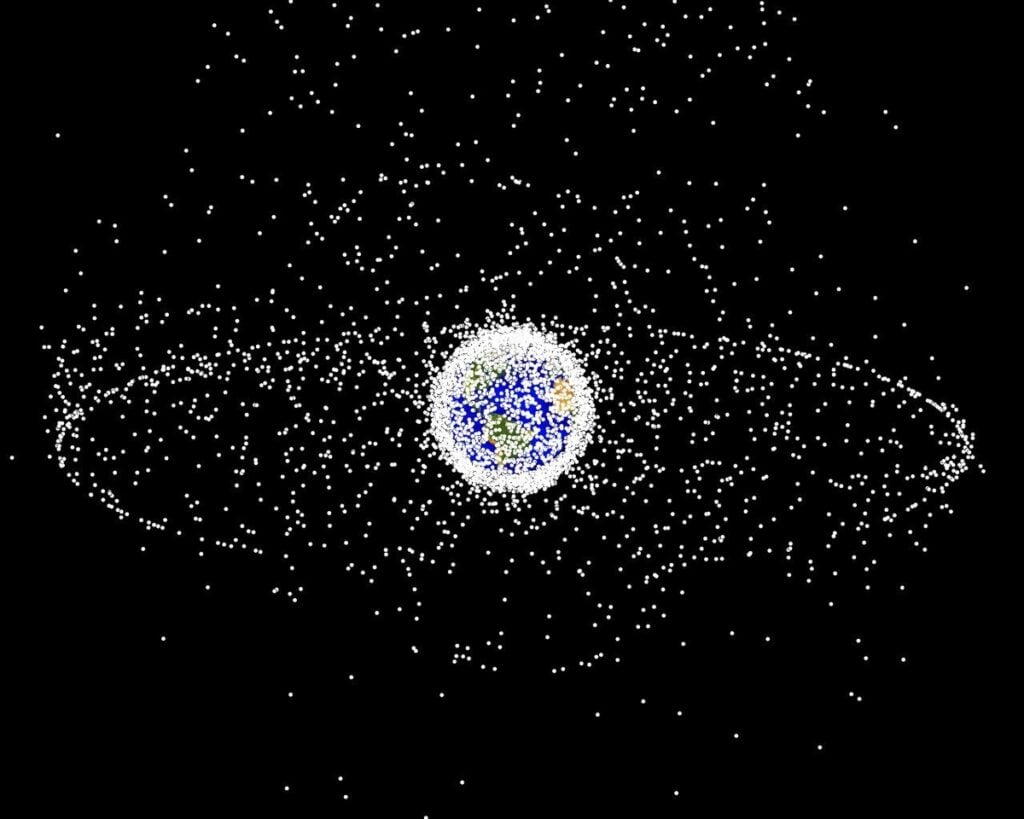
Earth’s orbit is now littered with more than 36,000 tracked pieces of debris. When telescopes scan the sky, they must sift through this junk before identifying potential threats. The result is a cosmic clutter of data, slowing the process and increasing the chance that something real might get misfiled as “harmless.”
Some observatories have begun integrating AI models to separate manmade debris from natural objects, but the results are inconsistent. Each false positive eats away at valuable analysis time. In effect, we’ve polluted our own defensive sky, making the job of protecting Earth even more complicated.
7. Smaller asteroids are still large enough to destroy cities.

When people think of asteroid threats, they imagine planet-killers like the one that ended the dinosaurs. The reality is far smaller and closer. A rock just 150 feet wide, like the one that exploded over Chelyabinsk, Russia in 2013, can unleash an energy burst equivalent to 30 atomic bombs. It shattered windows and injured more than a thousand people, and yet it went undetected before entry.
If something similar approached today, it could flatten parts of an urban area before authorities had time to react. And statistically, asteroids of that size hit Earth every few decades. We’ve already passed one warning shot.
8. Private companies are now trying to fill the gap.
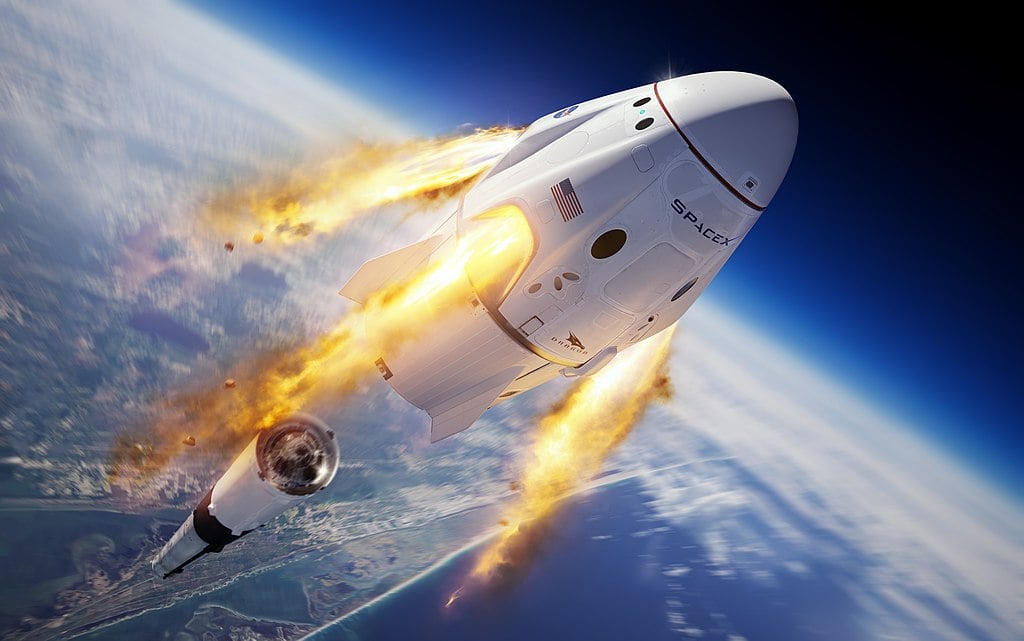
SpaceX, Blue Origin, and several smaller startups are developing high-speed monitoring networks that could one day act as private early-warning systems. These companies aren’t just driven by planetary defense, they see asteroid mining and satellite protection as profitable reasons to watch the sky.
While their technology is promising, the privatization of asteroid defense raises questions. Who decides what data to share, and when? Can a company legally keep discovery information private if it could affect the public? For now, private systems supplement the global network, but they may one day become the network.
9. Funding for asteroid defense barely scratches the surface.
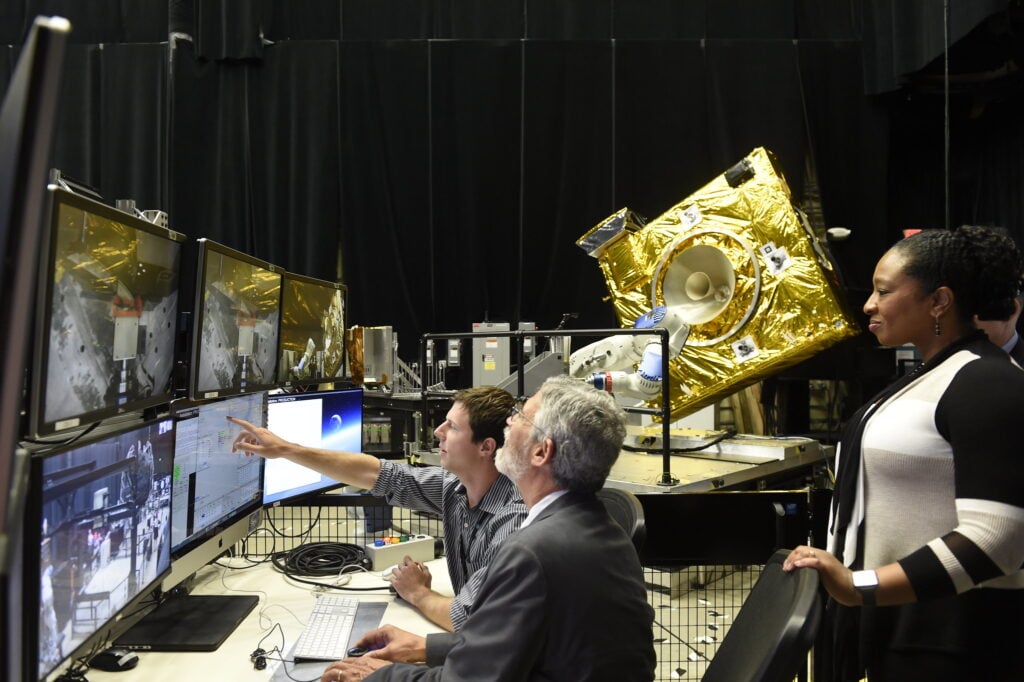
In 2024, the entire U.S. planetary defense budget was around 150 million dollars. To put that in perspective, that’s less than half the cost of a single modern fighter jet. For a threat that could erase a city, it’s a startlingly small investment. Scientists warn that without a consistent increase, the next close call could expose just how little we’re spending to prevent catastrophe.
Meanwhile, other countries are building their own defense networks, but coordination remains spotty. A global problem deserves a global solution, but space politics rarely play nice.
10. We might get our first real test sooner than expected.
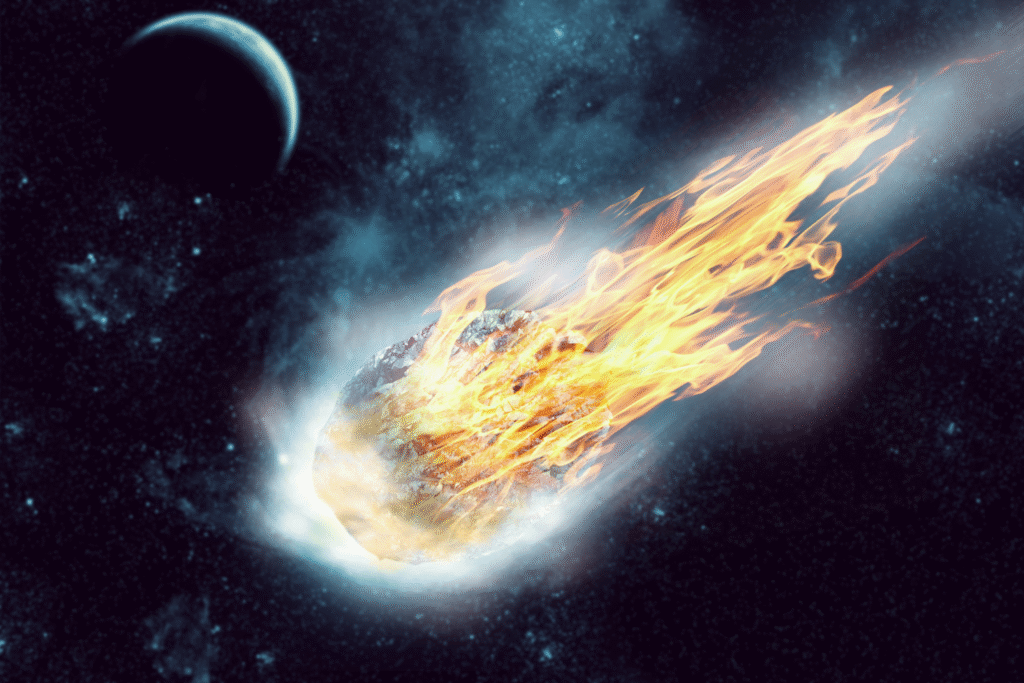
In 2029, asteroid Apophis will pass within 20,000 miles of Earth, closer than many satellites. It’s not expected to hit, but its flyby will be the closest of its kind for a rock that large. Scientists hope it will be a wake-up call for the systems meant to protect us.
If all goes well, Apophis will safely streak by, lighting up the sky. But if even a small prediction error occurs, the world will watch the consequences unfold in real time. For once, the warning will come not from a simulation, but from the sky itself.
